A Step-by-Step Guide to Writing Marketing Material That Works
Compelling marketing material in half the time
The product team is about to release a new product or feature and there is no fresh marketing content for sales and customers. You are torn between writing marketing material and working on the product backlog. Should you keep working with sales and customers 1 on 1 instead of writing marketing material?
Now is the time to write that marketing material! Even doing this before working on the backlog or speaking to a customer. This is when you want to communicate the value of your product to customers and stakeholders. You deeply understand your target market, customers, and the value of your product. By writing compelling marketing material, you can deepen your understanding of the market, better understand your competitors and drive more product growth.
How do you carve time out of your busy schedule to write compelling marketing material? You can attack the marketing material in small steps:
Revisit your target market and your customer's pain points
Refresh your customer's journey
List the unique benefits of your product in addressing the customer's needs
Compare your product to your competitors
List your key differentiators
A marketing strategy that incorporates this material
You probably have created some of this material from kicking off investment in your product and early customer conversations. When you have small bits of time, gather your material into a separate folder. When you have a bit larger piece of time, say 20 minutes, work through each of these items by creating a few slides.
Let's go through the steps for an example product - a cloud appliance that migrates employee data from legacy databases to the cloud. Your early customers report time savings by accessing employee data from anywhere. The early customers felt the migration was easy.
Step 1: Revisit your target market and your customer's pain points
Get your favorite market analyst material on your target market and where the target market is heading. On the example product you have a recent analyst report that shows growing demand by Human Resource professionals for cloud-based employee data. That same report shows HR professionals are worried about the security and costs of cloud-based employee data. You heard these same concerns from early customers plus they were concerned about the service impact of the migration.
Step 2: Refresh Your Customer's Journey
Review your customer journey and show how your customer's pain points are addressed. In the example case, you would show by phase how the concerns are addressed:
Pre-sales explains how employee data is treated securely and with predictable costs
Customer onboarding has migration results information
Customer support has proof points and service level objectives
Renewal and termination continue securely with no surprise cost
You can use a copy of the customer journey to explain the positive experience that your early customers had with your product.
Step 3: List Your Unique Benefits
This is a summary slide to review the value proposition of your product. Each of the claims on this slide has backup slides to support each point. Try to pick points that address customer needs and make your product stand out from your competition.
Step 4: Show Your Product in Relation to Competing Offers
A comparison table showing competing offers while highlighting your advantages. Show your traditional competitors and other approaches customers may take to satisfy their requirements.
Step 5: Key Differentiators
Discuss 3 or 4 capabilities that set your product apart from competing offers. Be clear on what is compelling about your product.
Step 6: Marketing Strategy
Show high-level requirements to use the material in raising awareness of your product, communicating about the value, and highlighting your differentiators to current and potential customers. The goal is to inspire the product team to create marketing materials that flesh out the main points in these slides.
Conclusion
After working with the product team through the product lifecycle, you and the product team have developed many of the data points needed for the marketing material. You can harvest key points about customer pain points and how your product helped with those pain points from the early customers' use of your product. Using these six steps leads to the main points in your marketing material:
Summarize the target market and customer pain points
Refresh your customer's journey
List your product's unique benefits
Compare your product to the competition
Summarize the key differentiators
1-page marketing strategy
With this material, you can enable effective marketing of your product!
The sample presentation used in this article can be downloaded here





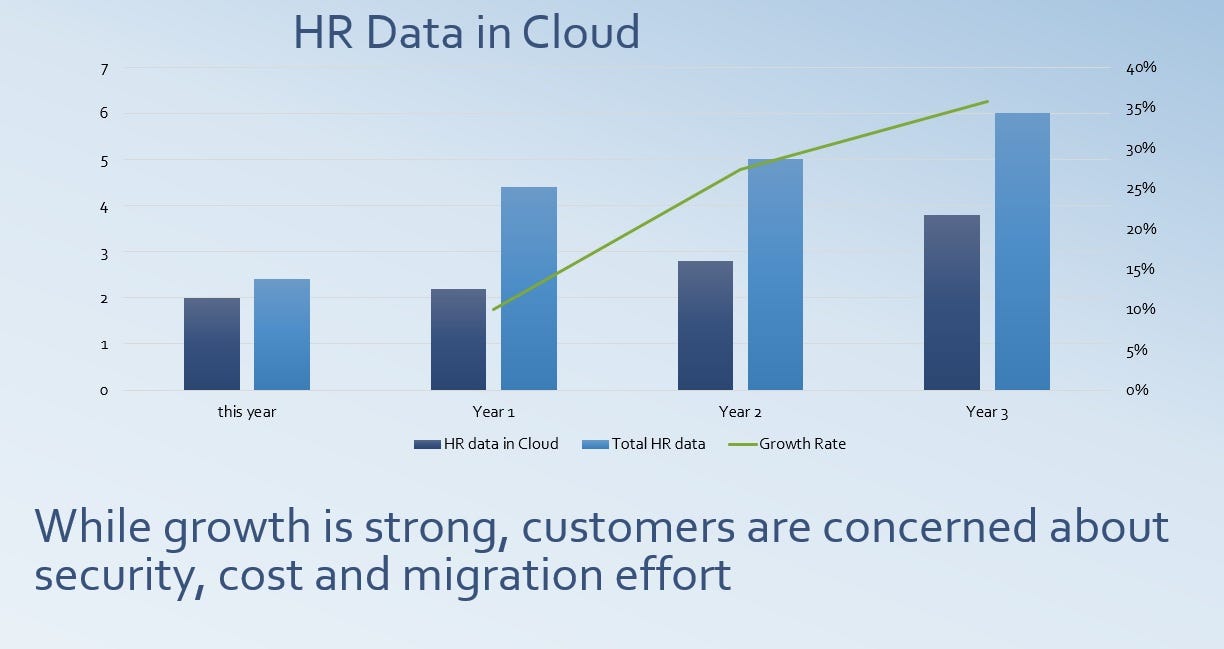
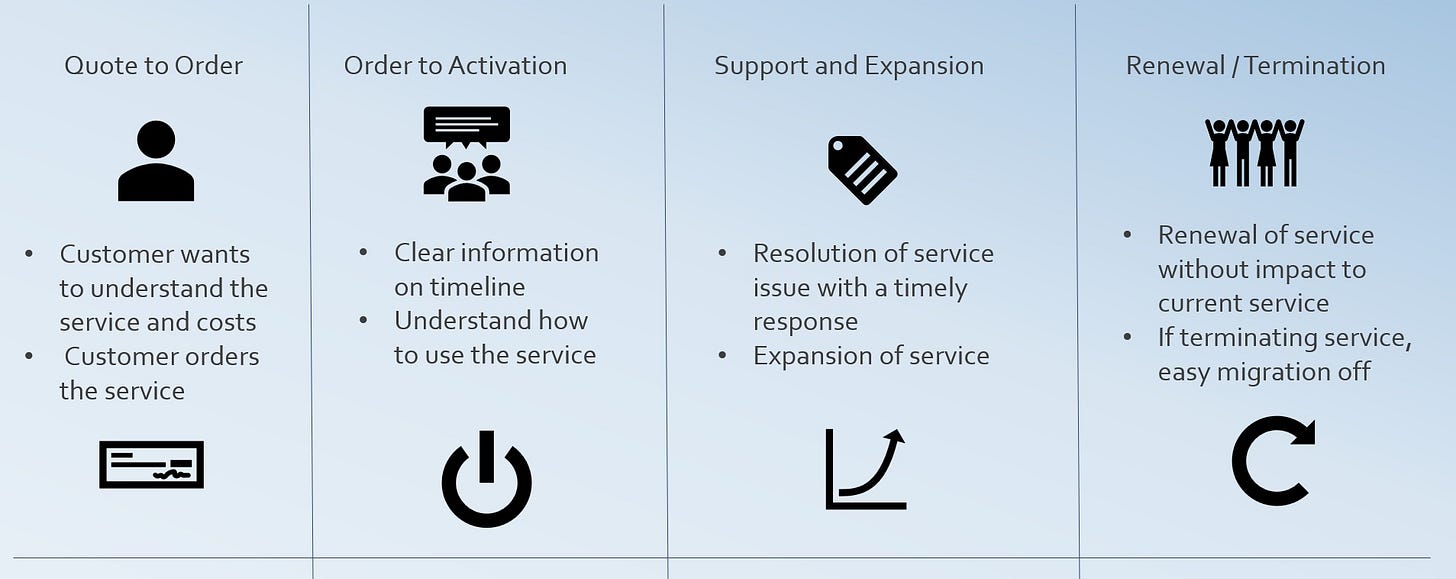
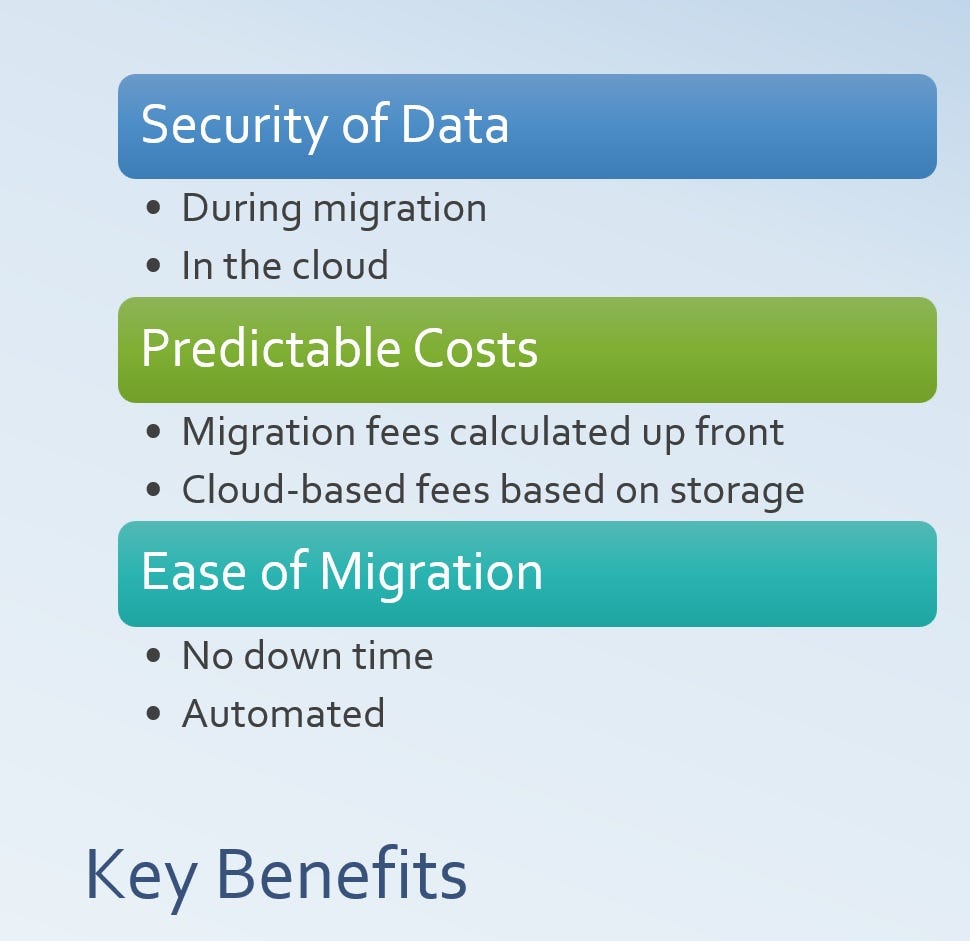

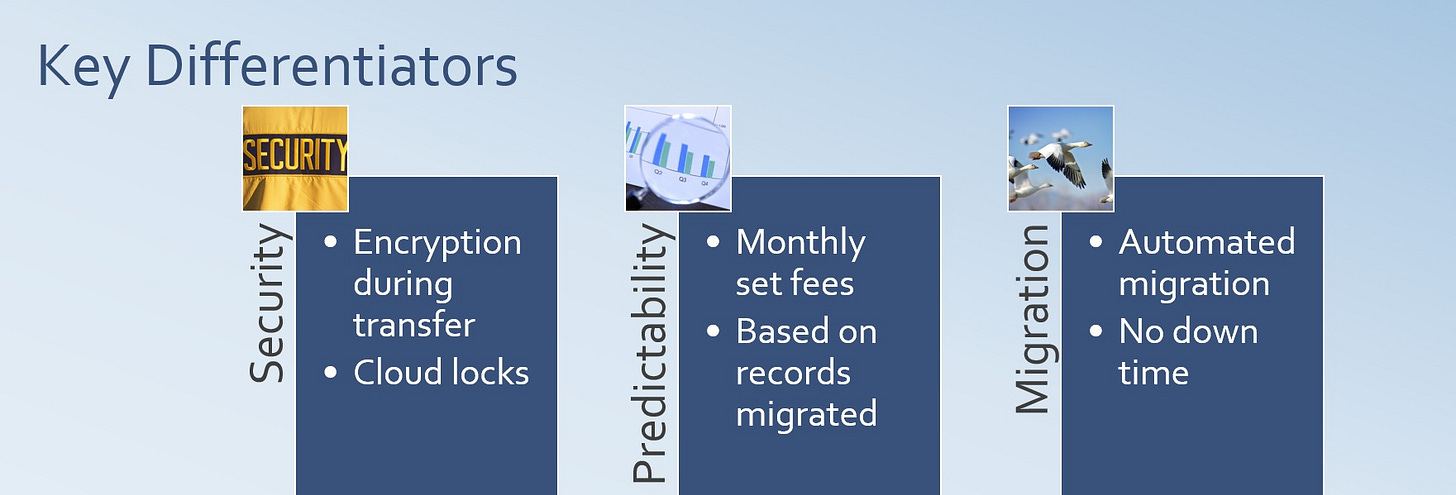
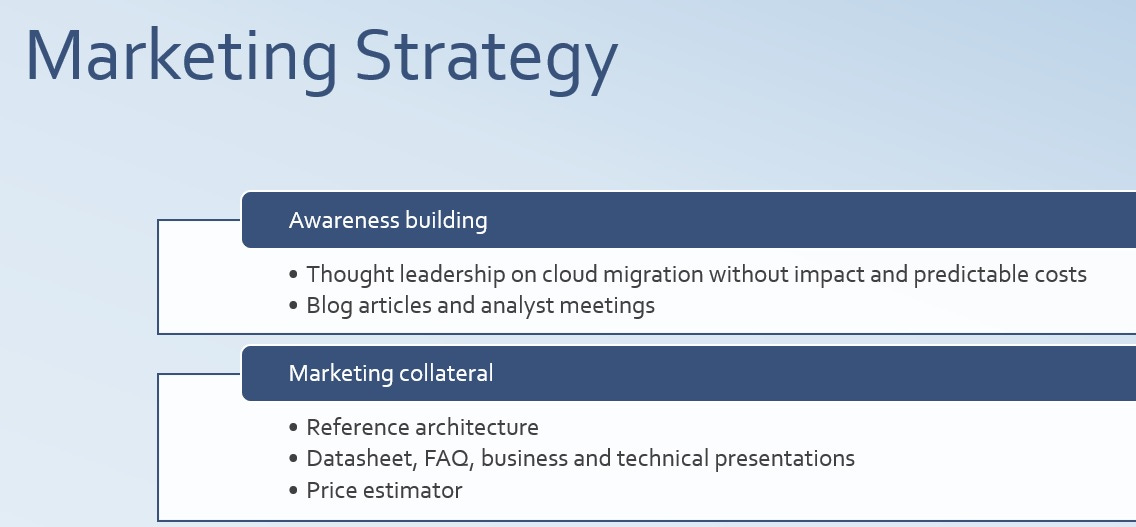
I've met many a PM who doesn't understand the importance of marketing and move right on to the next problem to solve. Great post.